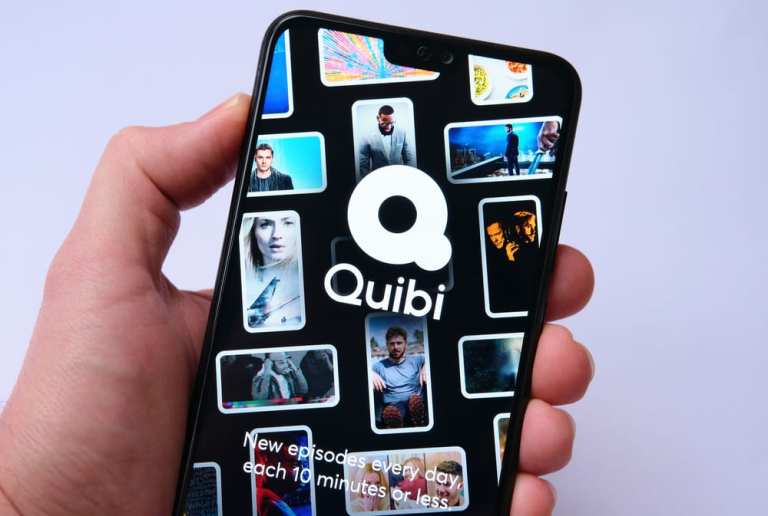Quibi And How To Go Out Of Business in Six Months Despite Raising $1.75B

Quibi, the streaming service launched by media mogul Jeffrey Katzenberg, announced it was shutting down Wednesday (Oct. 21) after nearly $2 billion in investment but just six months in operation. The decision to pull the plug on the service — which offered viewers 5 and 10 minute snippets of shows to watch on their phones — follows a spate of problems that had plagued Quibi since its launch in April, according to The Wall Street Journal.
Despite its comparatively low $4.99 monthly price, Quibi was never able to gain the traction it needed to compete against Netflix and other more established players in the digital-media space.
While the star-power and recognition of Katzenberg and CEO Meg Whitman (former head of Hewlett-Packard) helped the startup attract substantial outside investment, viewers were less impressed. According to the WSJ, one third of Quibi’s subscribers said they planned to cancel their subscription when their free trial ended.
Even before the shutdown announcement, Quibi had reportedly been working with outside advisers about the possibility of a sale or other strategic options to shore up the fledgling enterprise.
Crushed By COVID-19
Analysts initially predicted that Quibi and other players in the video-streaming sector would do well amid the pandemic given the increased media consumption happening as the world sheltered in place.
However, that proved to be incorrect for Quibi, as homebound consumers gravitated towards longer viewing on larger screens instead of the quick, handheld experience that Quibi offered.
According to PYMNTS recent How We Will Pay study of some 9,500 consumers, conducted with Visa in August, an economy once filled with busy, on-the-go consumers has clearly downshifted due to the pandemic.
While the study found that consumers are still using connected devices to shop and pay, they’re doing so differently now. Many are converting their homes into “commerce command centers” that have enabled them to do more of their work and errands from home – bad news for Quibi’s mobile-phone model.
The study also found that within these new connected entertainment and commerce centers, 92 percent of consumers are watching TV, with 55 percent of that group doing so on a connected or smart TV. Another 17 percent said they had made a purchase while watching television within the past 24 hours. All of that was a second piece of bad news for Quibi’s business model.
And of course, much of that digital shift has been driven by the fact that one-third of consumers now work their full-time jobs from home — up from just 14 percent last year, according to the PYMNTS study.
Such an unprecedented transformation represented perhaps a third strike for Quibi … enough to drive the service out of business.